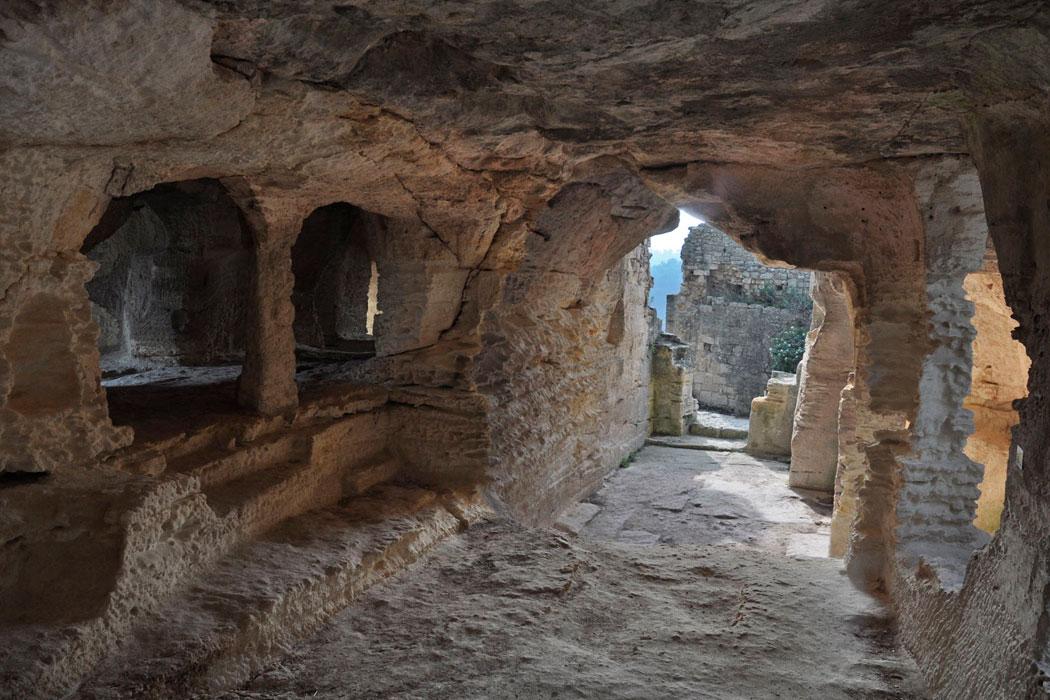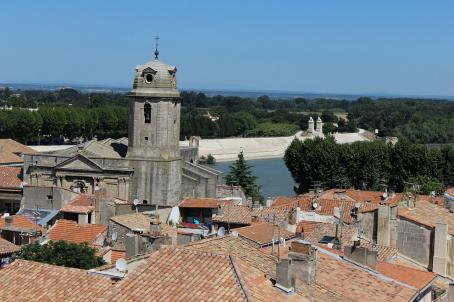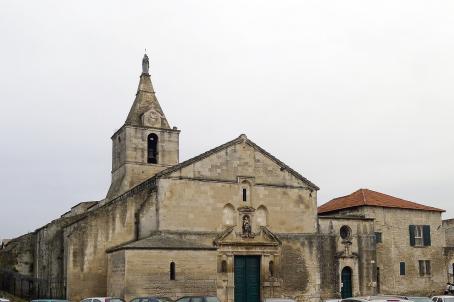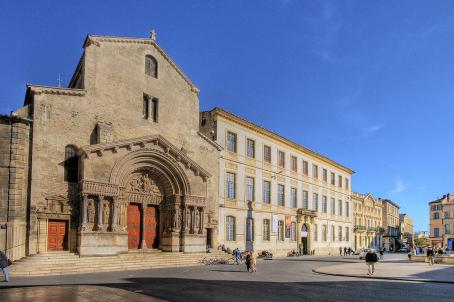Abbey Saint-Roman de l'Aiguille

The ancient abbey of Saint-Roman is located on an elevated site near the Rhône. The site was probably occupied by an eremitic community in the 5th century, which became Benedictine in the 7th century. The site became a centre of attraction for pilgrims thanks to the relics of Saint Roman and Saint Trophimus which were preserved there.





